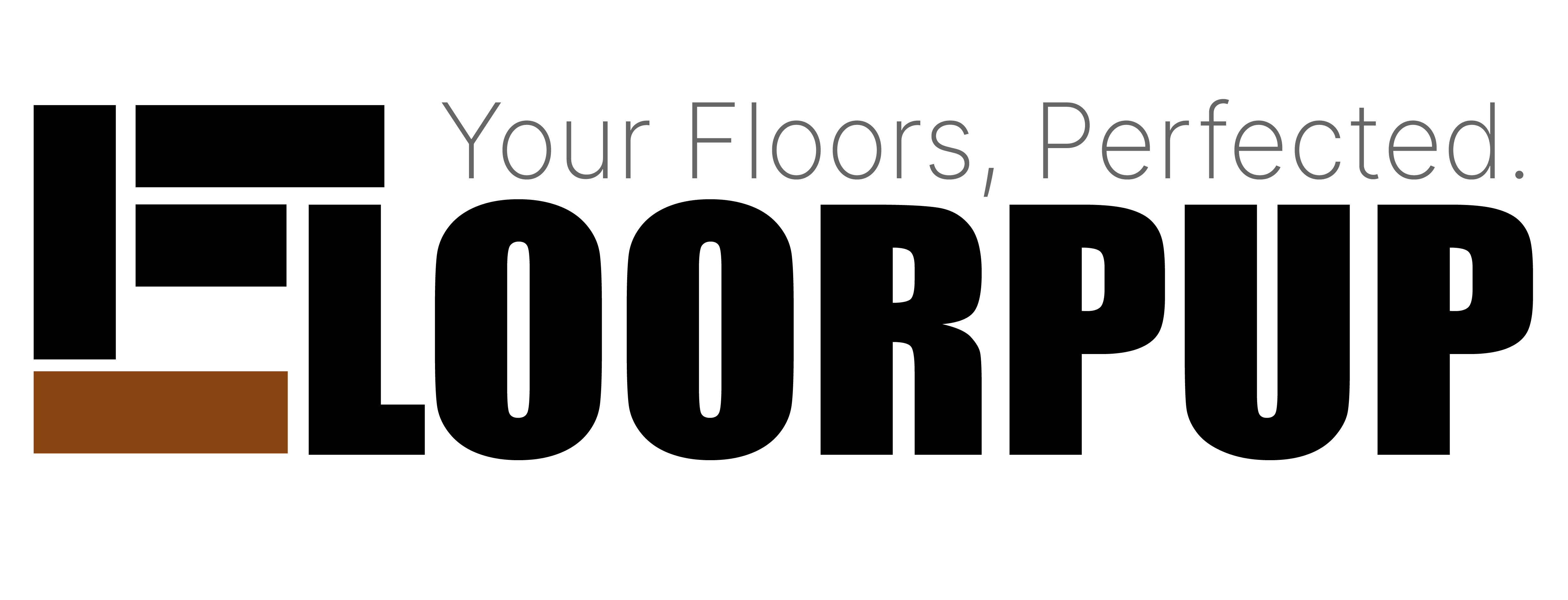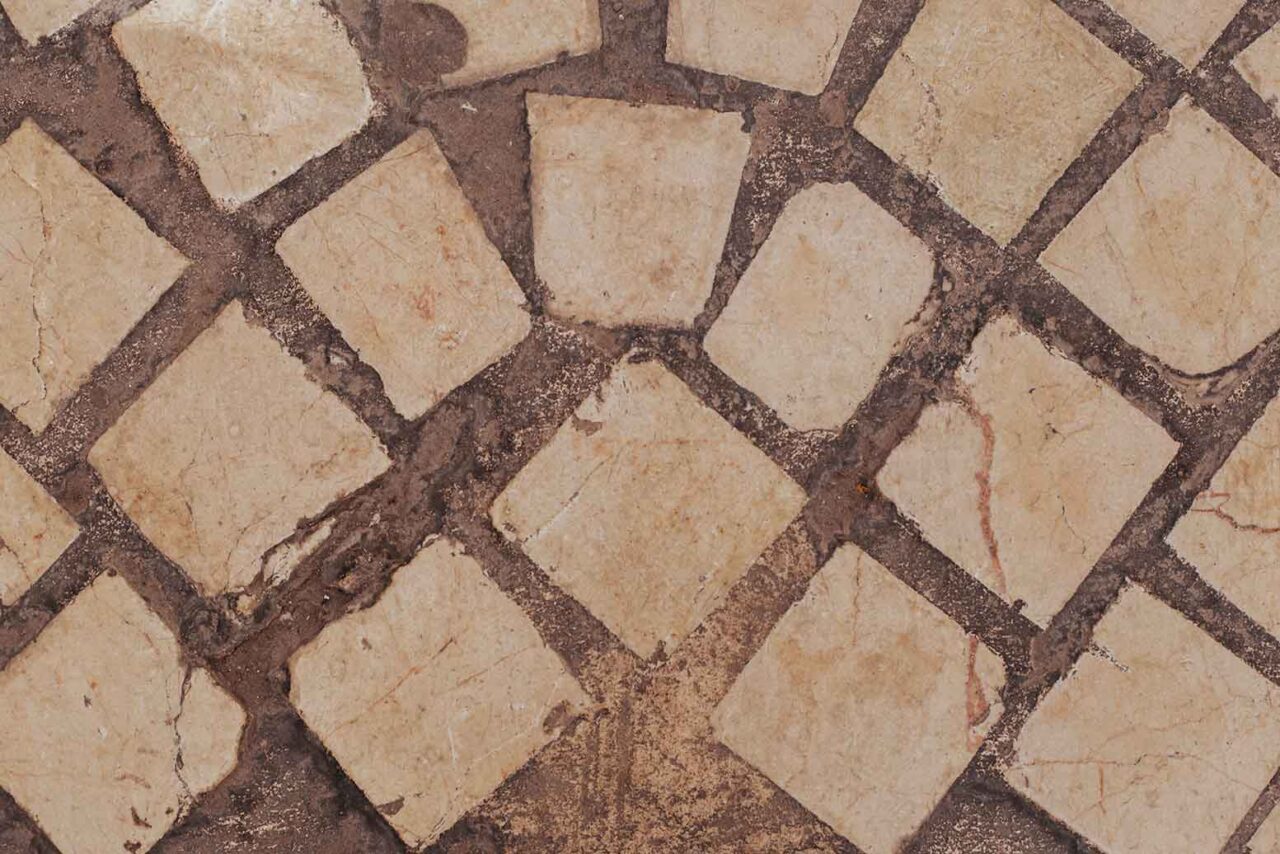Paving is a fashionable selection for hard landscaping surfaces, prominently featured in diverse applications like driveways, walkways, parking areas, shopping centers, and residential neighborhoods. With roots tracing back to ancient Roman times, block paving showcases its adaptability, durability, and visual appeal. It boasts an array of colors and textures to harmonize with a broad spectrum of construction projects. Our extensive guide provides in-depth insights into its applications, variations, and a comparative analysis with alternative commercial flooring options.
- Block paving is a durable surface option for landscaping that has been in use since ancient Roman times.
- Crafted from concrete, brick paving exhibits durability, versatility, and a fashionable aesthetic, offering various color and texture options.
- It finds application in various settings, including patios, driveways, sidewalks, car parks, and loading areas.
- Permeable paving is vital in an efficient Sustainable Drainage System (SuDS) solution by enabling water to pass through inconspicuous spacing nibs and reach the sub-base beneath.
- Block paving provides boundless design opportunities, offering a variety of colors, patterns, shapes, and sizes to choose from.
- Block paving presents various design possibilities, featuring diverse colors, patterns, shapes, and sizes.
What Does Block Paving Entail?
Block paving is a technique for constructing solid surfaces using individual bricks, as opposed to conventional materials like concrete, asphalt, or screed. These blocks are manually arranged in unique patterns, resulting in an aesthetically pleasing design and a practical function, serving decorative and functional purposes.
For what purposes is it employed?
Versatile and visually appealing, block paving finds application in nearly any contemporary setting, spanning heritage locations to contemporary urban landscapes. While it is frequently encountered on patios, driveways, sidewalks, and pedestrian zones, it’s worth noting that thicker paving bricks are also accessible.
These robust bricks can endure heavy vehicle loads, rendering them an excellent choice for various applications, including HGV and container loading docks, access roads, farmsteads, stable areas, parking facilities, and designated lanes for buses and bicycles.
What are the constituents of block paving?
Block paving is commonly crafted from concrete, a mixture of crushed stone, sand, and cement. This composition imparts exceptional durability and strength, making it well-suited for challenging landscaping endeavors. Concrete block paving offers an extensive array of shapes, sizes, and colors, ranging from traditional rectangular brick to pyramid-shaped designs. Moreover, it can incorporate up to 50% recycled materials in its manufacturing process, underscoring its eco-friendly and sustainable attributes.
Contrast Between Permeable and Impermeable Block Paving
Permeable paving is pivotal in a proficient Sustainable Drainage System Solution (SuDS). This type of paving is engineered with specially designed subtle 5mm spacing nibs, enabling seamless water drainage through the joints into the underlying subbase. These joints are filled with clean, hard, angular joint grit ranging from 2mm to 5mm, facilitating water infiltration into the SuDS system beneath while concurrently retaining debris on the paving surface, ensuring the system remains free from siltation.
Varieties in Patterns and Color Schemes
The popularity of block paving can be attributed to its remarkable fusion of aesthetics and durability. It offers an extensive palette of color options, ranging from timeless buff, brown, and grey tones to more vivid choices like blue, green, and pink, allowing for an immediate and enduring visual impression. Moreover, numerous stylistic decisions regarding laying block paving come into play, with herringbone, basketweave, and stretcher bond patterns being particularly favored. Furthermore, individual bricks come in various sizes and thicknesses, opening up limitless design opportunities for brick paving.
Transform your home effortlessly with FloorPup! Discover our extensive range of hardwood flooring, receive tips from expert floor care and maintenance professionals. Our team includes professional floor fitters, skilled driveway pavers, and dependable carpet repair specialists, ensuring top-notch results. Learn more about our dedication to quality on our About Us page. Visit FloorPup and start enhancing your living space today!
FAQS
How much weight can block paving hold?
Block paving’s weight-bearing capacity varies depending on block type, thickness, and subbase quality factors. Typically, it can handle pedestrian, car, and light vehicle loads. For areas with heavier vehicular traffic, thicker bricks specifically designed for such loads are the better choice.
How long does block paving last?
Block paving can endure for several decades when installed and maintained correctly. Factors like material quality, climate conditions, and regular upkeep influence its lifespan. Block paving can remain functional and attractive for around 20 to 30 years with proper care, including occasional resealing and weed control.
Is block paving better than concrete?
Deciding between block paving and concrete comes down to your priorities. brick paving offers visual variety, easy repairs, and good drainage, while concrete is known for its durability and low maintenance. Your choice should match your budget, aesthetic preferences, and maintenance expectations.
Does block paving crack?
Block paving, also known as brick or paver paving, is generally durable and resistant to cracking. However, it is not entirely immune to cracks. Cracks in brick paving can occur due to various factors, including poor installation, shifting ground, extreme temperature fluctuations, or heavy vehicle traffic. Proper installation, regular maintenance, and high-quality materials can help minimize the risk of cracking. Additionally, using flexible jointing compounds and periodic resealing can contribute to the longevity of your brick paving surface, keeping it looking great for years to come.


